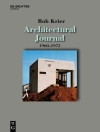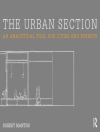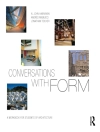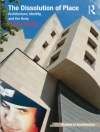IN trying to train the mind to judge of works of architecture, one can never be too patient. It is very easy to hinder one’s growth in knowledge by being too ready to decide. The student of art who is much under the influence of one teacher, one writer, or one body of fellow-students, is hampered by that influence just so far as it is exclusive. And most teachers, most writers, most groups or classes of students are exclusive, admiring one set of principles or the practice of one epoch, to the partial exclusion of others.The reader must feel assured that there are no authorities at all in the matter of architectural appreciation: and that the only opinions, or impressions, or comparative appreciations that are worth anything to him are those which he will form gradually for himself. He will form them slowly, if he be wise: indeed, if he have the gift of artistic appreciation at all, he will soon learn to form them slowly. He will, moreover, hold them lightly even when formed; remembering that in a subject on which opinions differ so very widely at any one time, and have differed so much more widely if one epoch be compared with another, there can be no such thing as a final judgment.
Russell Sturgis
How to judge architecture [EPUB ebook]
How to judge architecture [EPUB ebook]
Buy this ebook and get 1 more FREE!
Language English ● Format EPUB ● ISBN 9788892518575 ● File size 5.0 MB ● Publisher Russell Sturgis ● Published 2015 ● Downloadable 24 months ● Currency EUR ● ID 5173920 ● Copy protection Social DRM












